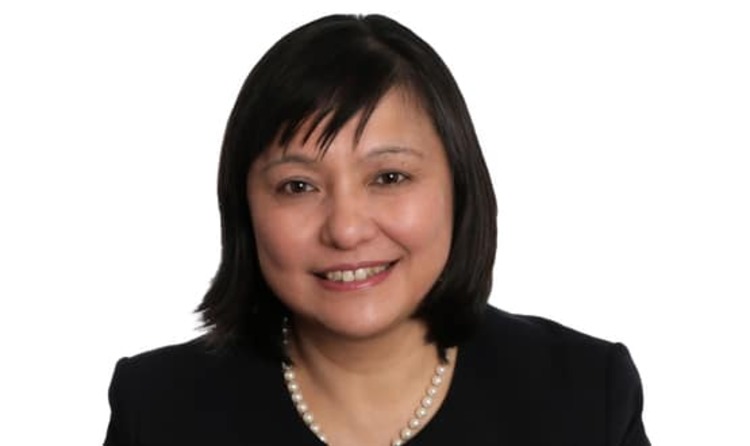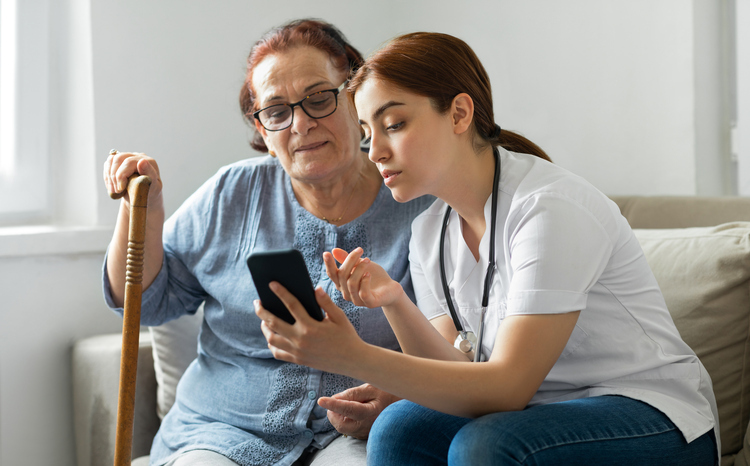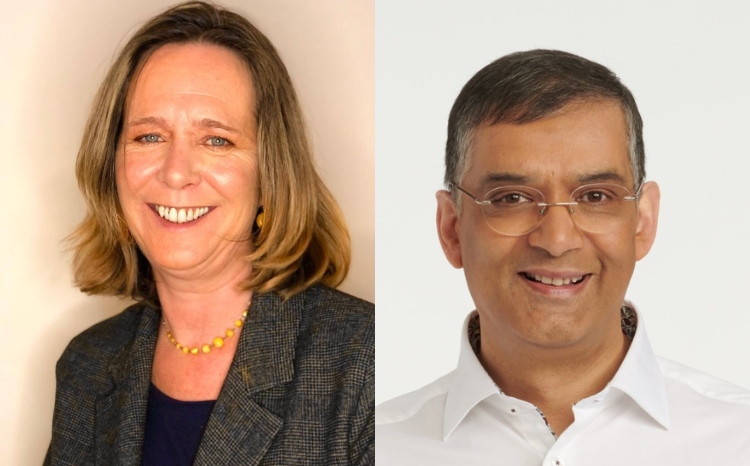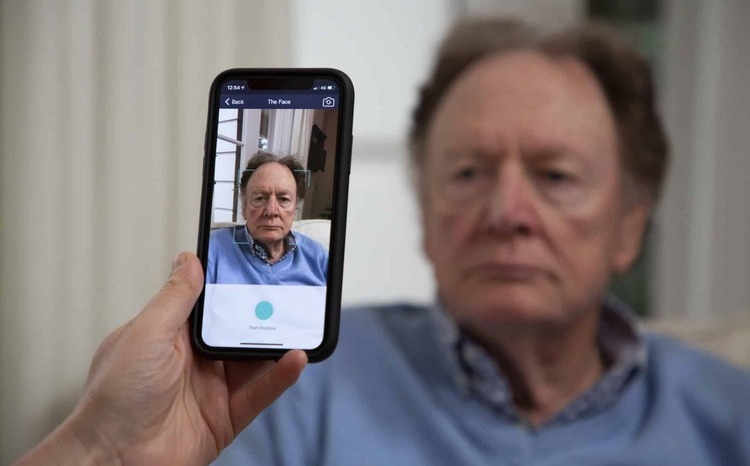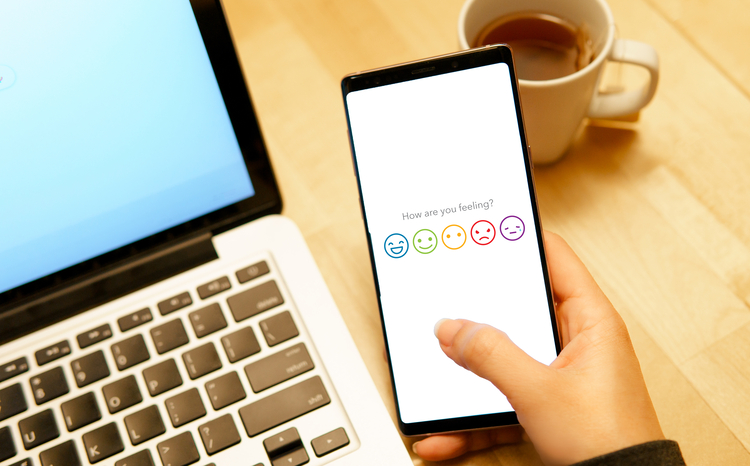BT Healthcare’s bid to leverage its company heft to assist help the digital transformation of the NHS is transferring to its subsequent stage because it expands its partnerships within the areas of diagnostics and strengthening the affected person pathway.
In a sequence of shows for journalists and clinicians in November at its London headquarters, the corporate launched its latest companions, deepC, a provider of AI radiology platforms, Axon Diagnostics, a provider of centralised diagnostic reporting hubs for distant sharing of photos and Soprano, which develops affected person concierge and messaging techniques.
On the similar time, the corporate made it clear that it believes BT, as one of many UK’s largest corporations with robust contacts to central authorities, is properly positioned to assist instill change within the well being service.
BT already performs an necessary function within the NHS, famous Professor Sultan Mahmud, director of BT’s healthcare enterprise. “We’re about 35% of the infrastructure and have a really deep buyer base,” he added. However the firm views its job as serving to the NHS to make use of know-how to cut back prices and enhance productiveness by leveraging the dimensions of the well being service.
With some 1.7 million on diagnostic ready lists, nonetheless, the appearance of AI and digital streaming have the potential to provide “recreation altering” capabilities, enabling the well being service to successfully prolong, if not develop, its radiology workforce, Mahmud stated. Digital transformation and cutting-edge applied sciences are additionally key to retaining the well being service’s clinicians, he stated.
“We have to systemise success and never make an artefact of getting actually vivid folks,” he stated. “With AI, medical productiveness might be magnificently accelerated, the expertise of labor might be improved and sufferers can really feel actually engaged accountable for their care – that’s value preventing for.”
Making the most of digital streaming
One in every of BT’s companions within the house is Axon Diagnostics, which the corporate says has the capability to stream high-fidelity photos to a £500 laptop computer anyplace on this planet. Axon’s platform is designed to resolve the scarcity of skilled radiologists and the proliferation of imaging concurrently. “The workforce enlargement we predict we will handle with Axon,” Mahmud stated.
From a knowledge transmission perspective, transferring knowledge from a hospital to a radiologist over a VPN community comes with numerous challenges, starting from operational effectivity, safety and GDPR, stated Axon co-founder Rahul Mehta.
Utilizing know-how to design a platform to permit the NHS to do diagnostics remotely – with radiologists ready to take a look at photos from their very own computer systems – falls according to NHS technique, which is to permit care to be delivered remotely as a lot as doable. The Axon platform has been examined as far-off as from Australia again to the UK, utilizing a 4G cellphone.
“So, actually, you possibly can be sat anyplace on this planet and nonetheless add worth again into the NHS,” he added. Beforehand, he stated, six hospitals in the identical area might need 50 radiologists, all of whom had been restricted to reporting to their very own establishment, partially to a scarcity of system interoperability. Putting in Axon’s centralised hub in hospitals and connecting with distant customers might be completed in a short time, inside round 4 weeks, Mehta stated, including: “We’ve made it as fast and plug and play as doable.”
“This manner, you’ve obtained one piece of know-how, a dumb terminal successfully as a result of we’re not getting the info, a few screens, and since they’re connecting right into a hub they’ve now obtained entry to every thing that’s linked into that atmosphere.
“There’s a number of efficiencies in that journey. You’ve made the radiologists extra environment friendly and also you’ve now unlocked the capability inside the community and radiologists and throughout the hospitals,” he defined.
The place AI could make a distinction
Each Mahmud and Bohgal acknowledged that AI is unlikely to be a “panacea” for healthcare; the comparatively new know-how of generative AI, Mahmud steered, will primarily be relevant to back- workplace operations or inhabitants well being for the close to future.
In contrast, pure language algorithms are already displaying advantages when paired with diagnostics for circumstances equivalent to lung most cancers and a few mind accidents, equivalent to stroke.
BT is working with Munich-based deepC to make use of AI to take a look at photos and report on them with a excessive stage of accuracy.
“We expect that productiveness with each Axon and deepc working in collaboration collectively in a system might be vastly elevated,” Mahmud stated. “The workforce and the know-how and the coaching want to come back collectively, as a result of you will have been listening to for 10 years that healthcare goes to be remodeled by know-how and it has not been within the seismic manner that all of us want.”
Dr Paul Bhogal, a marketing consultant interventional neuroradiologist and member of BT’s medical advisory board, helped to construct one of many nation’s largest mechanical thrombectomy items on the Royal London hospital, however struggled to get a single, free-of-charge AI utility into his unit.
Working with deepC, he stated, gives a platform with entry to greater than 50 third-party “best-in-breed” purposes that trusts can use to pick out one of the best choices for his or her wants and streamline the method of scaling up. Because of this, firm officers say, deepC has been described as “Amazon for radiologists.”
It will probably take a yr to get the NHS to log out knowledge privateness compliance for only one belief, an element that has dramatically slowed the implementation of AI radiology options up so far, Bhogal famous; the truth that deepC is vendor agnostic permits it to combine into any hospital atmosphere, and likewise gives entry to AI tech for NHS hospitals which may in any other case be ignored.
“You may have an NHS, apparently a nationwide well being service,” he says. “However, why do it’s a must to undergo info, governance and the entire relaxation at each single hospital? You’re not leveraging the dimensions of the beast. It’s weird.”
Affected person-centred design
A concentrate on the affected person within the diagnostic pathway is the ultimate strand of the way in which BT Healthcare views its function. With Soprano, it’s growing a affected person concierge system that seeks to accompany the affected person on a process or pathway, permitting them to ask questions in regards to the process, doubtless outcomes and course of utilizing non generative, conversational AI.
With a backlog of round eight million sufferers ready for appointments and the prices for every “don’t attend” for procedures equivalent to colonoscopies costing round £1000, Affected person Concierge goals to accompany sufferers alongside care pathways, serving to to handle accessibility, language and on-line rebooking of appointments utilizing textual content messaging.
Over the previous two years, BT has been growing its healthcare enterprise, organising a medical advisory board to assist it design merchandise matched to the wants of the NHS, and its Vanguard Programme – a collaborative house” to assist frontline healthcare employees check out and consider know-how to make sure it matches native necessities.
The corporate’s imaginative and prescient has additionally articulated its plans to develop merchandise in three primary areas: well being navigation, which helps to outline affected person relationships with the healthcare system; affected person circulation, which permits hospitals and healthcare suppliers to maneuver sufferers effectively by way of the system; and distant care.

